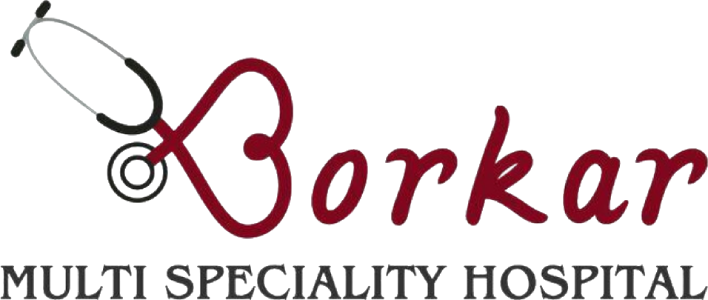Retinal Disease
Understanding Retinal Diseases: Protecting Your Vision
The retina is one of the most vital parts of the eye, responsible for converting light into electrical signals that the brain interprets as visual images. Unfortunately, several retinal diseases can compromise the retina’s function, leading to vision problems and even permanent vision loss. Early detection and treatment are key to preventing long-term damage.
What Are Retinal Diseases?
Retinal diseases refer to a variety of conditions that affect the retina, which is located at the back of the eye. The retina is responsible for sensing light and sending visual information to the brain via the optic nerve. Damage to the retina can lead to vision impairment or blindness, making these diseases a significant concern for overall eye health.
Common Retinal Diseases
- Age-Related Macular Degeneration (AMD)
- What it is: AMD is one of the leading causes of vision loss in people over 50. It affects the macula, the part of the retina responsible for central vision. AMD can be classified into two types: dry (non-neovascular) and wet (neovascular).
- Symptoms: Blurry vision, difficulty reading or recognizing faces, and distorted vision, such as straight lines appearing wavy.
- Treatment: While there is no cure for AMD, treatments for the wet form (e.g., anti-VEGF injections or laser therapy) can help slow progression. Vitamin supplements may slow down the progression of dry AMD.
- Diabetic Retinopathy
- What it is: Diabetic retinopathy occurs when high blood sugar levels damage the blood vessels in the retina, leading to leakage or bleeding. It’s common in people with diabetes and can progress to more severe forms, such as diabetic macular edema (DME), which causes swelling in the central part of the retina.
- Symptoms: Blurry vision, seeing floaters, difficulty seeing at night, or even complete vision loss.
- Treatment: Managing blood sugar levels is the primary approach. Laser therapy, anti-VEGF injections, and vitrectomy surgery may be required for advanced cases.
- Retinal Detachment
- What it is: Retinal detachment is a medical emergency that occurs when the retina separates from the underlying tissue, cutting off its blood supply. This condition can lead to permanent vision loss if not treated promptly.
- Symptoms: Sudden flashes of light, the appearance of floaters, or a shadow or curtain effect in the peripheral vision.
- Treatment: Retinal detachment often requires surgery, such as a laser procedure or vitrectomy, to reattach the retina.
- Retinitis Pigmentosa (RP)
- What it is: Retinitis pigmentosa is a group of inherited disorders that cause progressive damage to the retina. It often starts with night blindness and can eventually lead to tunnel vision and even total blindness.
- Symptoms: Difficulty seeing in low light, peripheral vision loss, and a gradual decline in vision over time.
- Treatment: While there is no cure for RP, there are treatments and devices that may slow progression, such as the use of vitamin A supplements, low-vision aids, and certain retinal implants.
- Macular Hole
- What it is: A macular hole is a small break in the macula, which can lead to blurry or distorted central vision. This condition is more common in older adults and may occur after eye trauma or due to the natural aging process.
- Symptoms: Blurry or distorted vision, especially when trying to read or see fine details.
- Treatment: Surgery, such as a vitrectomy, is often required to repair the hole and restore vision.
- Retinal Vein Occlusion (RVO)
- What it is: Retinal vein occlusion occurs when a vein in the retina becomes blocked, causing fluid to leak into the retina. This can lead to swelling, vision impairment, and sometimes, permanent vision loss.
- Symptoms: Sudden vision loss, blurred vision, or the appearance of floaters.
- Treatment: Anti-VEGF injections, laser treatments, or steroids may be used to reduce swelling and prevent further damage.
Risk Factors for Retinal Diseases
Several factors increase the risk of developing retinal diseases, including:
- Age: Many retinal diseases, such as age-related macular degeneration, become more common as people age.
- Family History: A family history of retinal disease can increase your risk of developing conditions like retinitis pigmentosa or diabetic retinopathy.
- Chronic Health Conditions: Diabetes and hypertension are significant risk factors for diabetic retinopathy and retinal vein occlusion.
- Smoking: Smoking accelerates the development of many retinal diseases, particularly AMD.
Symptoms of Retinal Disease to Watch For
While retinal diseases vary in symptoms depending on the condition, common signs include:
- Blurry or distorted vision
- Difficulty seeing in low light or at night
- The appearance of floaters or flashes of light
- Sudden vision loss or blind spots
- A gradual decrease in central vision
If you experience any of these symptoms, it’s important to consult an eye care professional as soon as possible. Early detection is crucial for effective treatment and preserving vision.
Treatment and Management of Retinal Diseases
While the treatment options depend on the specific retinal disease, some common approaches include:
- Laser Therapy: Laser treatments can help seal leaking blood vessels or repair retinal tears.
- Injections: Anti-VEGF (vascular endothelial growth factor) injections are commonly used for diseases like diabetic retinopathy and wet AMD to control abnormal blood vessel growth and swelling.
- Surgical Options: For conditions like retinal detachment, vitrectomy (removal of the vitreous ) or scleral buckle surgery may be necessary.
- Medication: Steroid injections or oral medications may be used to reduce inflammation and swelling in the retina.
- Low-Vision Aids: For advanced cases, assistive devices like magnifying glasses or electronic reading aids can help individuals maintain some degree of independence.
How to Protect Your Retinal Health
While some risk factors for retinal diseases are beyond your control, there are several steps you can take to protect your retinal health:
- Get Regular Eye Exams: Regular eye exams can help detect retinal diseases early, even before symptoms appear. Your eye doctor may recommend a dilated eye exam to check the retina more thoroughly.
- Control Chronic Conditions: Managing diabetes, high blood pressure, and cholesterol can reduce the risk of developing retinal diseases.
- Quit Smoking: Smoking is a major risk factor for age-related macular degeneration and other retinal diseases.
- Maintain a Healthy Lifestyle: Eating a balanced diet rich in vitamins and antioxidants, exercising regularly, and staying hydrated can all contribute to better eye health.
Conclusion
Retinal diseases can cause significant vision problems, but with early detection and proper treatment, many conditions can be managed or even reversed. Regular eye exams, a healthy lifestyle, and prompt attention to any changes in vision are crucial for maintaining retinal health. If you experience any symptoms related to your vision or are at risk of retinal disease, be sure to consult with an eye care professional. Protecting your eyes today can help preserve your vision for tomorrow.

